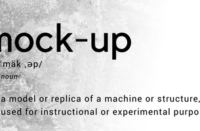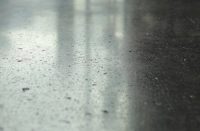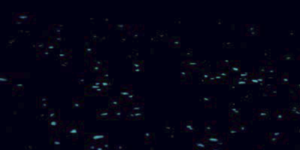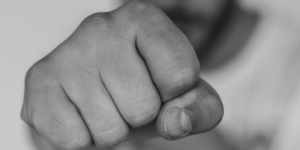 As everyone knows by now, the introduction of dye into the polished concrete industry has expanded the market enormously. The business is brimming with potential. However, we still face the significant hurdle of maintaining the integrity of an exposed concrete polished floor while protecting the dye in it against staining and moisture travel.
As everyone knows by now, the introduction of dye into the polished concrete industry has expanded the market enormously. The business is brimming with potential. However, we still face the significant hurdle of maintaining the integrity of an exposed concrete polished floor while protecting the dye in it against staining and moisture travel.
The SureLock system (from American Decorative Concrete Supply Co.) is just one possible solution. Using new technology, including the combination and application of reactive SureLock Dye and SureLock lithium densifier, you can now guard your floor against a multitude of issues.
When dye and densifier are combined before application, dye gets encapsulated into the densifier. The dye not only penetrates deep into the concrete, but also bonds itself to the concrete rather than just resting in capillaries or pores.
This step helps with stain resistance in colored floors. When a staining agent is introduced to a floor that has been colored with a reactive dye/densifier combination, the staining agent encounters less dye with which it can react. The stain will eventually push past the color without impairing it. With previous dyes, a staining agent would mobilize or loosen the dye and displace it, marring the appearance. If an etching agent (an acid) is introduced to the concrete, it may still affect the surface by impairing the gloss of the polish, but the color that is in the floor will stay there.
The same principle applies to moisture affecting the dye on a polished floor. Because polished floors are supposed to be breathable, moisture sometimes travels through the concrete. It may be due to vapor barrier failure, the lack of a vapor barrier, or another unforeseen reason. A dye particle that is merely resting in a pore can get moved around or washed out completely, changing the color appearance. Combining densifier with the dye will help prevent this problem, because the dye gets chemically bonded in place.
The color boost you’ll need
However, when using the dye/densifier combination, it is recommended to apply stand-alone acetone- or water-based dye in conjunction with it. If you try to use only the densifier/dye combination, you will most likely not achieve the maximum color vibrancy in the floor, and you may not get the desired color result. This combination system should be used with, at minimum, one other coloring step to ensure you and your customers are getting the desired color in the polished floor.
For normal application of the densifier/dye mixture, you will want to grind your floor up to a 200-resin diamond (or a comparable diamond). Apply one coat of an acetone- or water-based dye. Allow the product to dry and then check the surface of the concrete for surface residue. If you have a lot of residue on the surface, you will want to use an autoscrubber with a white pad and water to clean the surface, allow the surface to dry, and then apply your densifier/dye mixture. Allow the floor to dry completely. (This should take no longer than one hour.) Then you are ready to run your next diamond pass over the floor.
At this point you can judge your floor and determine if more color vibrancy is needed. If more color is needed in the floor, you will want to apply another coat of dye at this time. If no color is needed you may proceed with your corresponding diamonds to achieve your desired finish.
















